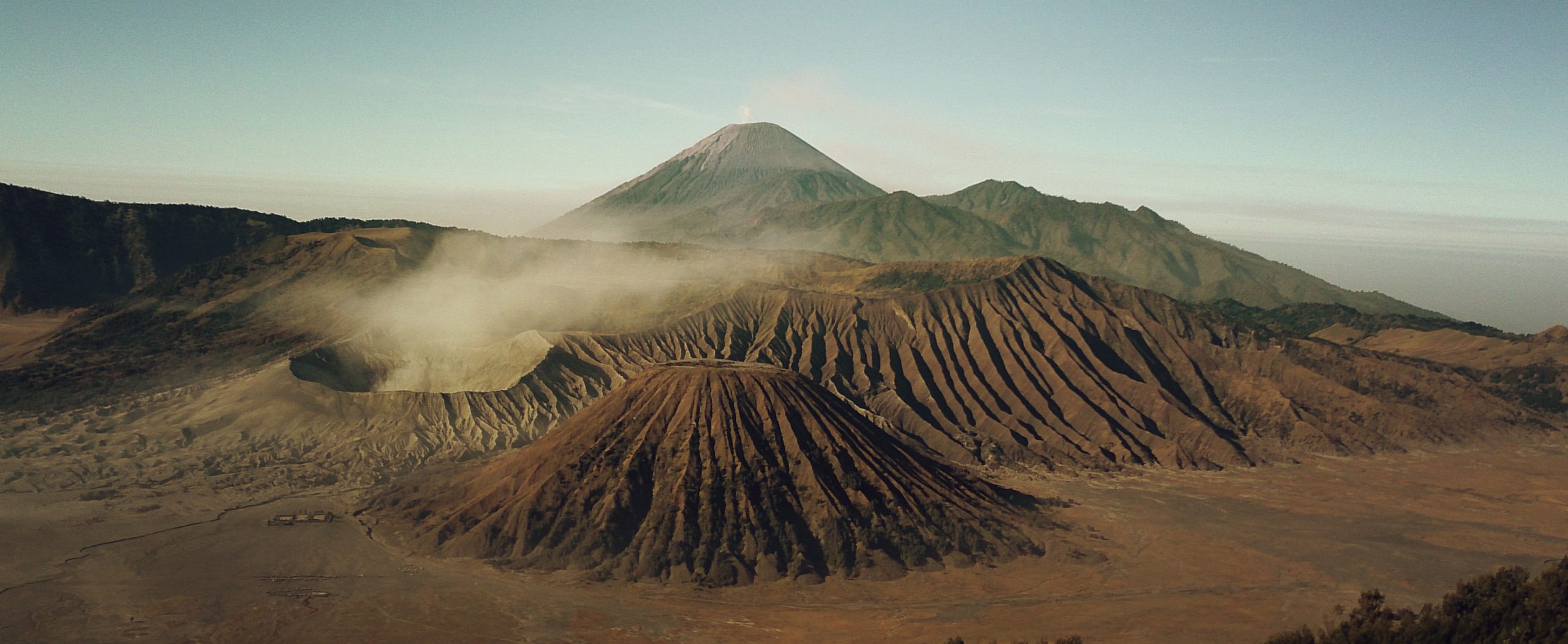Debris From Japan’s Tsunami Confirmed To Have Made Its Way To California
The March 11, 2011, earthquake and tsunami that devastated Japan may be over, but the after effects are still being seen to this day. As the natural disaster destroyed property in Japan, it dragged millions of tons of debris into the Pacific Ocean, more than 1.5 million tons of which floated away from shore and is still being found over two years later.
Debris Floating To United States
In recent months, debris from the earthquake and tsunami has begun to find its way to the United States west coast and Hawaii. While some of the debris has come in fragments identifiable only by Japanese writing visible on its surface, in some cases, larger pieces are being found. In a few cases, entire boats have been found washing up on the shores of Alaska, Washington, Oregon, California, Hawaii, and Canada’s British Columbia. Most recently, a skiff covered in gooseneck barnacles was found in northern California, the first piece of debris from the tsunami to travel that far south.
Aerial view of debris following earthquake in Japan.
Environmental Impact
While gooseneck barnacles are common in the Pacific Ocean and may be found on almost any structure that drifts in the open ocean, other species of plants and animals found on debris from the Japanese earthquake and tsunami are not so benign. Scientists worry about the introduction of invasive species to North America. These species of plants and animals exist in a delicate balance in the Japanese ecosystem, but may lack natural predators or control by environmental factors in North America, where they are not native. If introduced, these species can reproduce uncontrollably, consuming resources, crowding out native plants and animals, and even acting as predators and destroying threatened native species.
Invasive Species
It is unknown whether the skiff that washed ashore in northern California contained any invasive species, but pieces of debris that do contain these threatening plants and animals have already been found along the American west coast. One Japanese ship that washed ashore in Washington contained live striped beakfish. These fish live in coral reefs in warm pacific waters around Japan and occasionally near Hawaii, but
Striped beakfish Image Credit – Wikipedia.org
should not be found in the colder waters of the Pacific Northwest, and may eat native species of fish. This black and white striped fish demonstrates the risks carried on floating debris; the fish survived a journey over two years long in a sealed compartment. Their trip is truly remarkable; yet it is disturbing to think about what other invasive species might also be able to survive such a journey.
Of the 28 pieces of debris that have washed ashore in North America and have been confirmed to be products of the 2011 Japanese earthquake and tsunami, it is unknown how many have contained invasive species. It is known, however, that a single boat contained between 30 and 50 species of plants and animals that are native to Japan but may become invasive if introduced to North America. Sections of concrete docks containing potentially invasive invertebrates have been found as well. Scientists at institutions like California’s Humbolt State University and the National Oceanic and Atmospheric Administration are working together to track debris, confirm its origins in Japan, determine whether the debris contains invasive species, and institute control measures as needed.
Natural disasters bring people together in the most unexpected of ways. Finding the remnants of destroyed Japanese property on the coasts of North America more than two years following the tsunami is a perfect example, and scientists are working to ensure that no unexpected hitch hikers came along for the ride.


